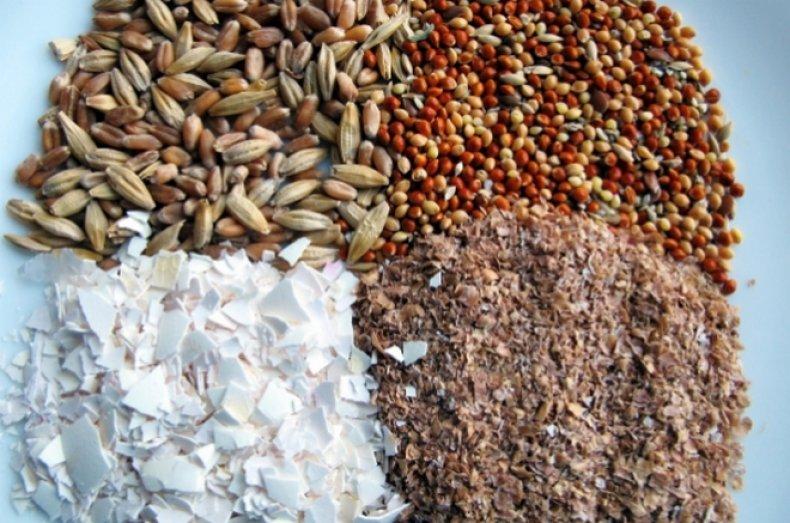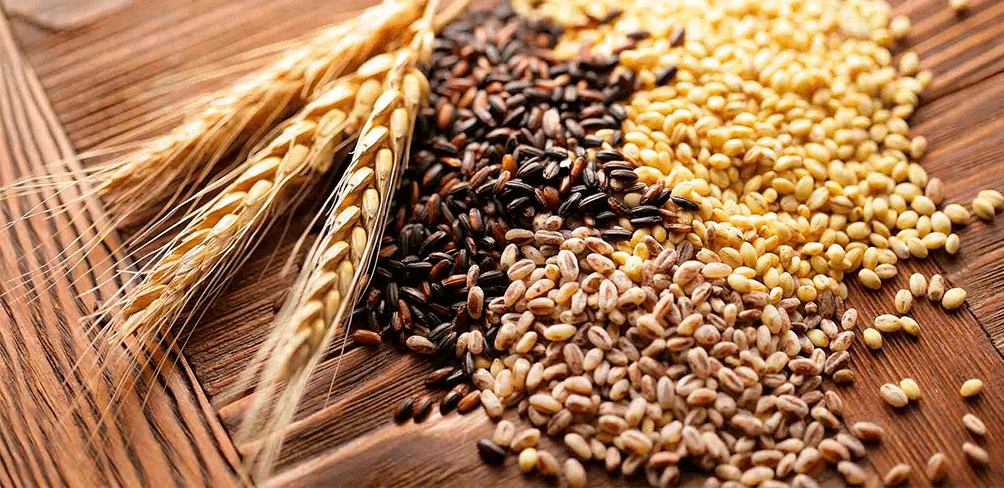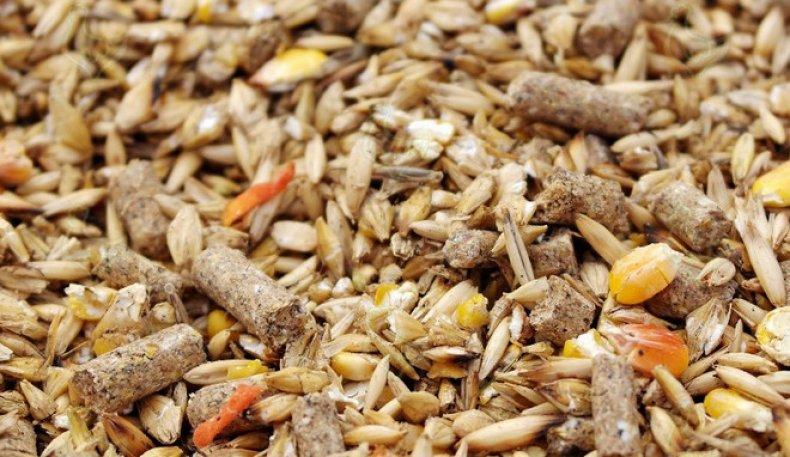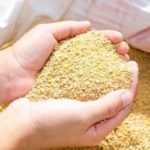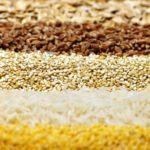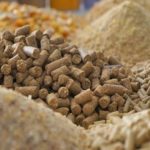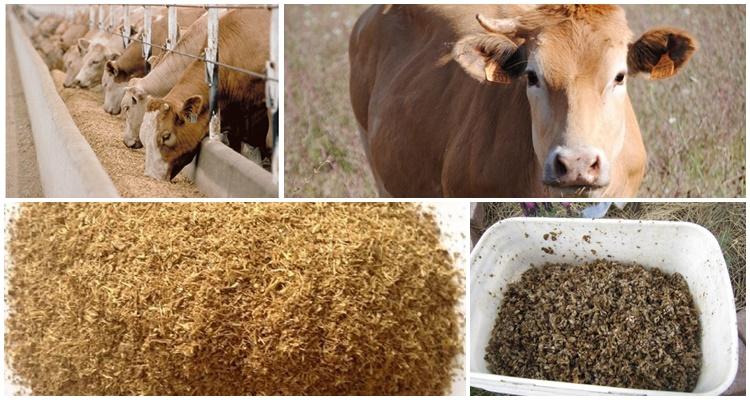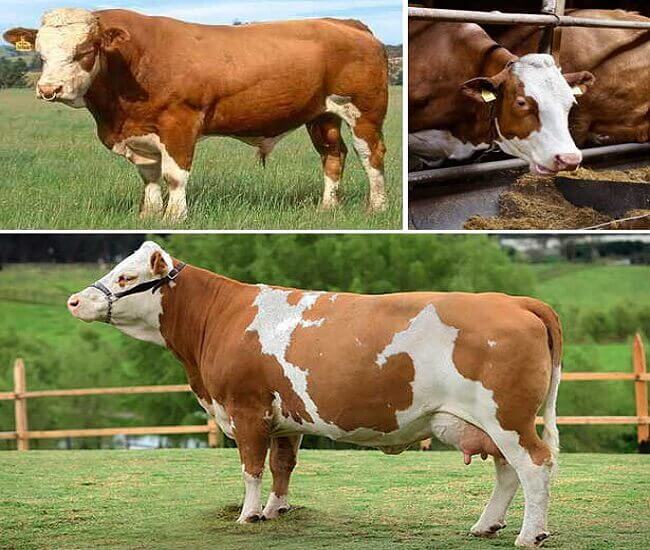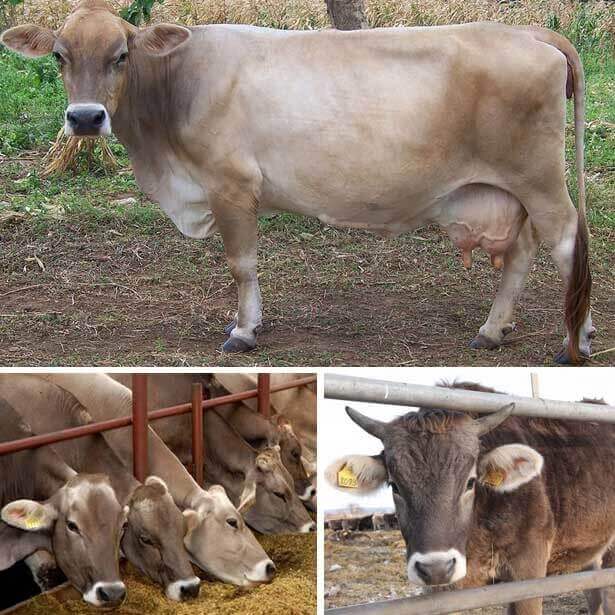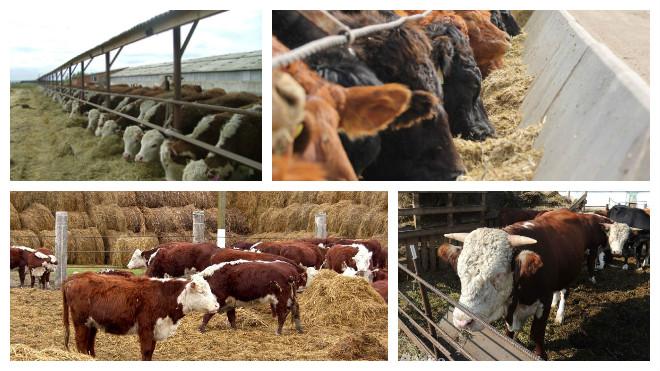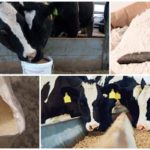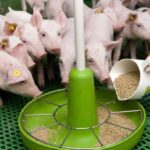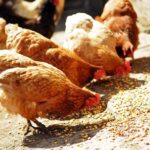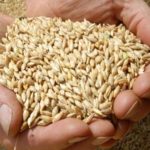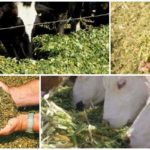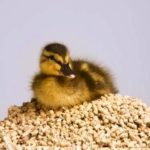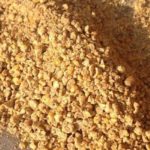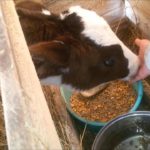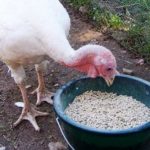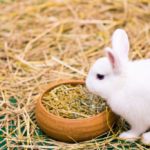High productivity is in the genes of dairy and beef cows. But the experience of farmers has shown that the potential of animals is realized with a balanced diet. Thanks to scientific research, the optimal ratio of nutrients has been implemented in compound feed. What is included in the feed, what a premix is and how much mixture should be given to cows is useful for beginning farmers to know.
What is compound feed and what does it consist of?
Maximum body weight and milk yield are achieved only when vitamins and microelements in nutrition correspond to the physiological needs of the cow’s body. Compound feed is a crushed and compressed mixture of plants and grains, with vitamin supplements, balanced and ready for use. The feed includes:
- barley;
- wheat;
- millet;
- oats;
- legumes;
- hay;
- straw;
- cake;
- bran.
Animals receive carbohydrates, fiber, and protein from plant components. For better absorption of nutrients and replenishment of energy, amino acids, vitamins, animal fats, and biostimulants are added to the feed.
Corn, rich in protein and starch, is combined with legumes and hay to increase body fat and muscle in beef cattle breeds. But the amount of corn should not exceed fifty percent of the total feed mass. From an excess of grain, cows suffer from obesity, which has a bad effect on reproductive function.
Approximate contents of other components:
| Component name | Percentage |
| Barley | 30 |
| Sunflower meal | 25 |
| Wheat | 20 |
| Oats | 10 |
| Soybean meal | 5,4 |
| Wheat bran | 5,3 |
| Calcium monophosphate | 1,7 |
| Salt | 0,9 |
| Limestone flour | 0,5 |
Thanks to the balance of substances, the granules of the finished mixture are absorbed better than separately supplied cereal concentrates and hay. Cows are fed with compound feed during the stall period or replace it with a full diet during intensive rearing indoors.
Pros and cons of use
Some of the food spills onto the floor from open feeders during feeding. Dry mixtures cause thirst, so animals need to be provided with free access to water and automatic drinkers installed.
Kinds
Compound feeds vary in release form and purpose.
By release form
Compound feeds compressed in different ways are distinguished by their ease of use, production technology and price.
loose
The components are ground into powder. Based on the degree of grinding, feed is divided into large, medium and fine. Simple production technology determines the low cost of the product.
Granulated
The crushed components are pressed into round granules. The production technology includes heat treatment that destroys pathogenic microorganisms in raw materials.
In briquettes
The ground and heat-treated raw materials are pressed into rectangular bars. Briquetted feed is crushed before serving to animals.
By purpose
Compound feeds with various compositions are used as the main diet or additives.
Full
The mixture contains a set of components that fully satisfies the animals' needs for nutrients and energy. Ready-made rations are intended for young and adult animals and are issued daily.
Concentrated
The type of feed is used as an additive to the main diet to enrich it with vitamins and microelements.Concentrates contain an increased proportion of substances necessary to stimulate growth or weight gain.
Supplements
Protein and vitamin superconcentrates are developed for different categories of animals: stud bulls, milk cows. Additives are added to the grain feed base in the amount of 25 percent of the total mass.
Premixes
Separate mixtures of biologically active substances, amino acids, vitamins and antibiotics are designed to strengthen the immune system and better digestion of feed.
Preparing feed at home
When preparing the mixture yourself, it is important to choose the right percentage and nutritional value of the components. Making feed by hand helps small farms save on food costs. For large farms, separate purchases of grain, hay and subsequent processing are not profitable. Home cooking technology consists of the following steps:
- selection of ingredients;
- grinding to granule size with a diameter of 5 millimeters;
- adding a vitamin supplement, premix.
You can prepare the concentrate yourself: mix grains and legumes separately and add the plant mixture. It is easier to use ready-made premixes, since they contain components that are safe for animal and human health.
Compound feeds are prepared according to recipes specially developed in accordance with the direction of cattle productivity.
For dairy cows
Composition and percentage of components:
- sunflower meal or cake – 25;
- herbal flour – 24;
- ground barley – 20;
- wheat bran, chopped corn – 15;
- salt, chalk – 0.5.
A ready-made premix is also added to the feed in an amount of one percent of the total weight.
For meat direction
Food recipe and percentage of ingredients:
- rolled barley – 40;
- sunflower cake – 30;
- wheat bran – 15;
- extruded corn – 7;
- ground corn – 5;
- salt, chalk, vitamin premix – 1.
The ingredients are selected for intensive fattening.
For the bulls
Composition of the mixture for fattening bulls and the volume of components in percentage:
- barley - 37;
- cake, granulated sunflower husk - 20;
- wheat bran - 15;
- corn - 5;
- salt, premix, chalk - 1.
Feed mixtures for cattle should be used only in accordance with their age and intended purpose.
Feeding animals of all productivity groups with one compound feed does not allow achieving maximum productivity indicators.
Diet preparation
The amount of feed given per day depends on the age and productivity of the animals.
For calves
The purpose of food up to six months of age is to develop the walls and expand the volume of the rumen, as well as provide nutrients for growth and strengthening the immune system. From the fourth day after birth, calves are given universal prestarter feed, softening it with water in a ratio of 1:1.5. From the second week, the daily feed intake increases:
- 1-2 months - 500-700 grams;
- 3-6 months - increases from one to two kilograms;
- 7-12 months - increases to 3.5 kilograms.
The amount of feed increases as the calves' stomachs develop.
For adult cows
The volume of feed that a dairy cow requires per day is calculated based on the daily milk yield - 2 kilograms of the finished mixture are given for 1 liter of milk. The diet for cattle intended for fattening includes a large amount of protein. The feeders are constantly filled. Food should be freely available for at least twenty hours a day.

